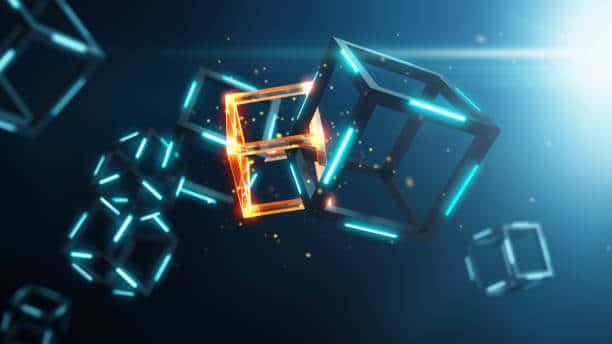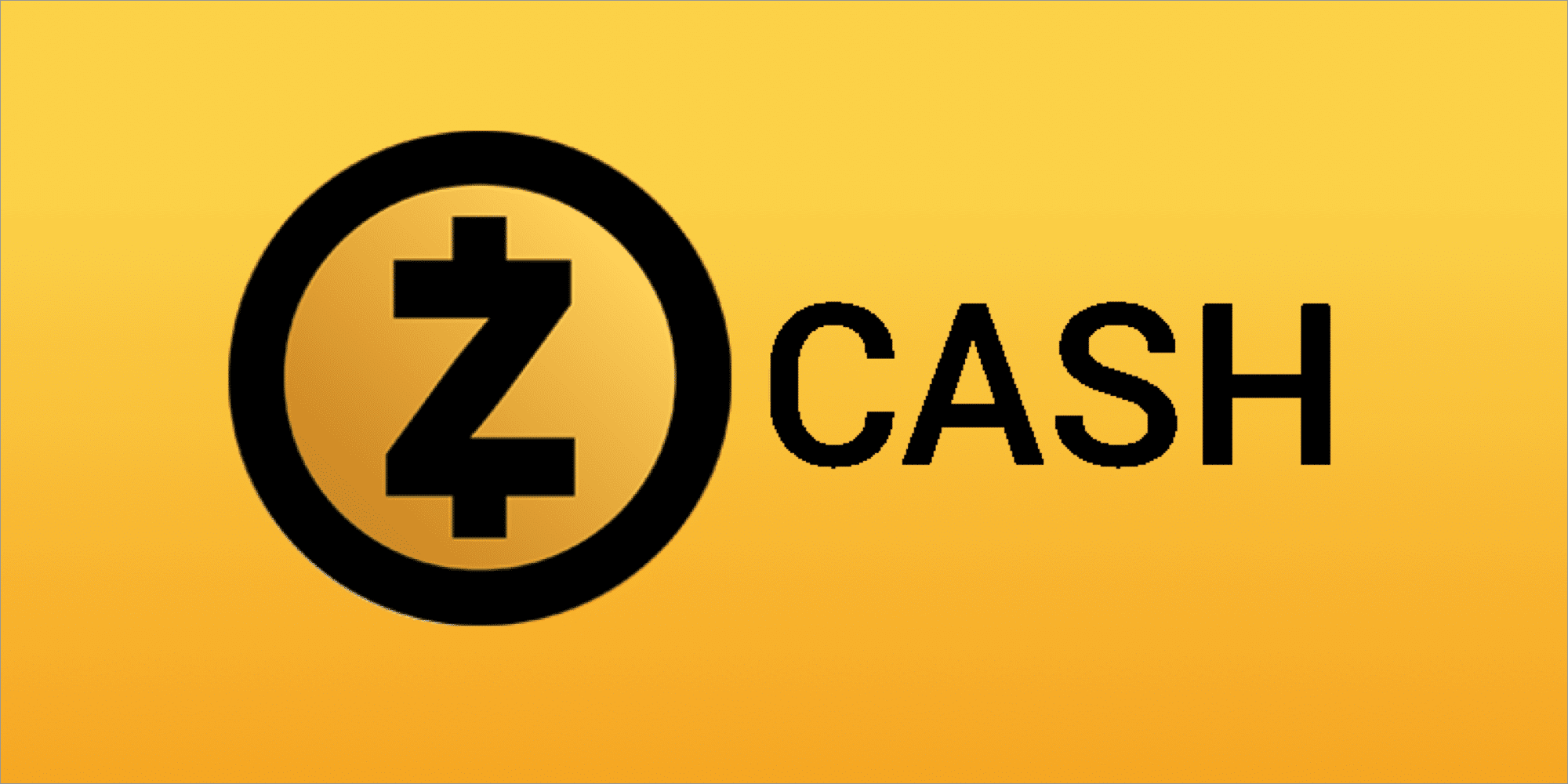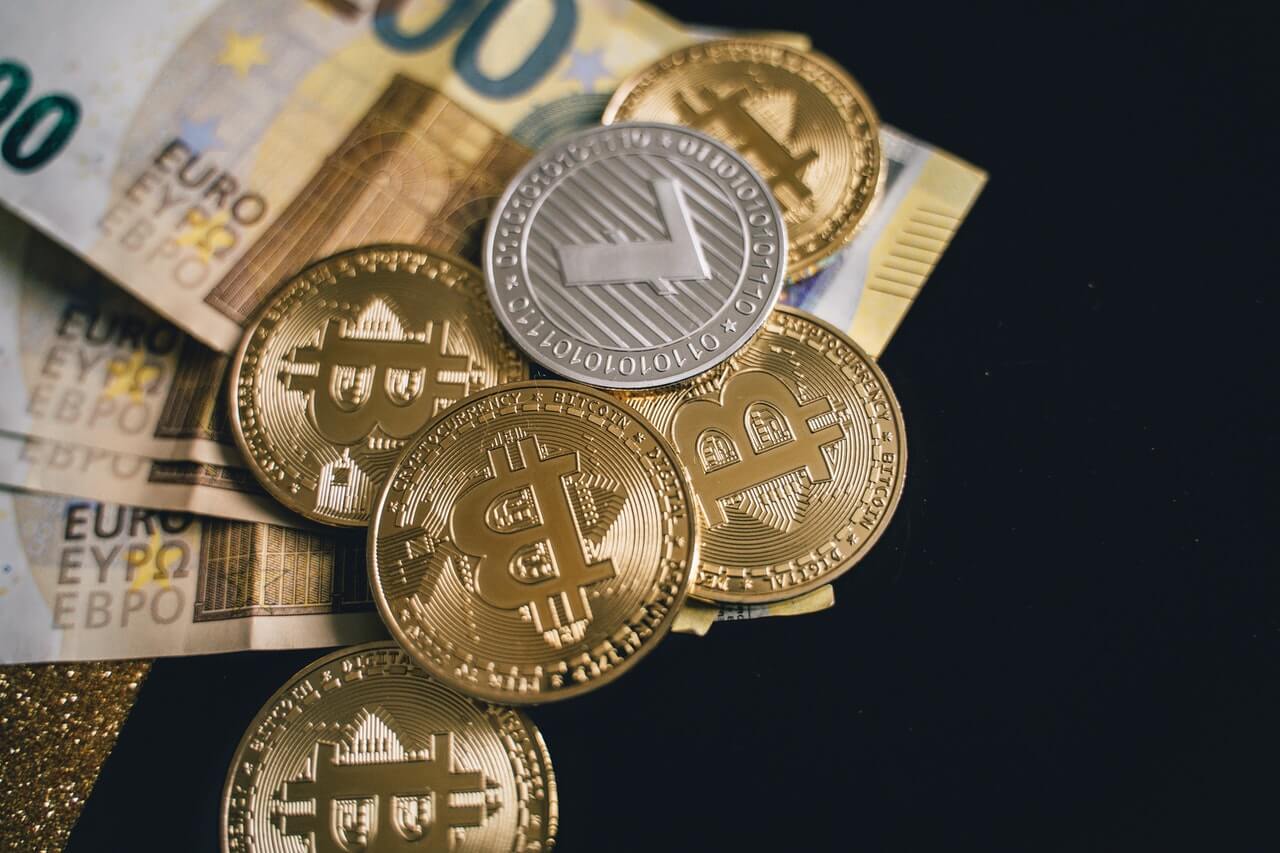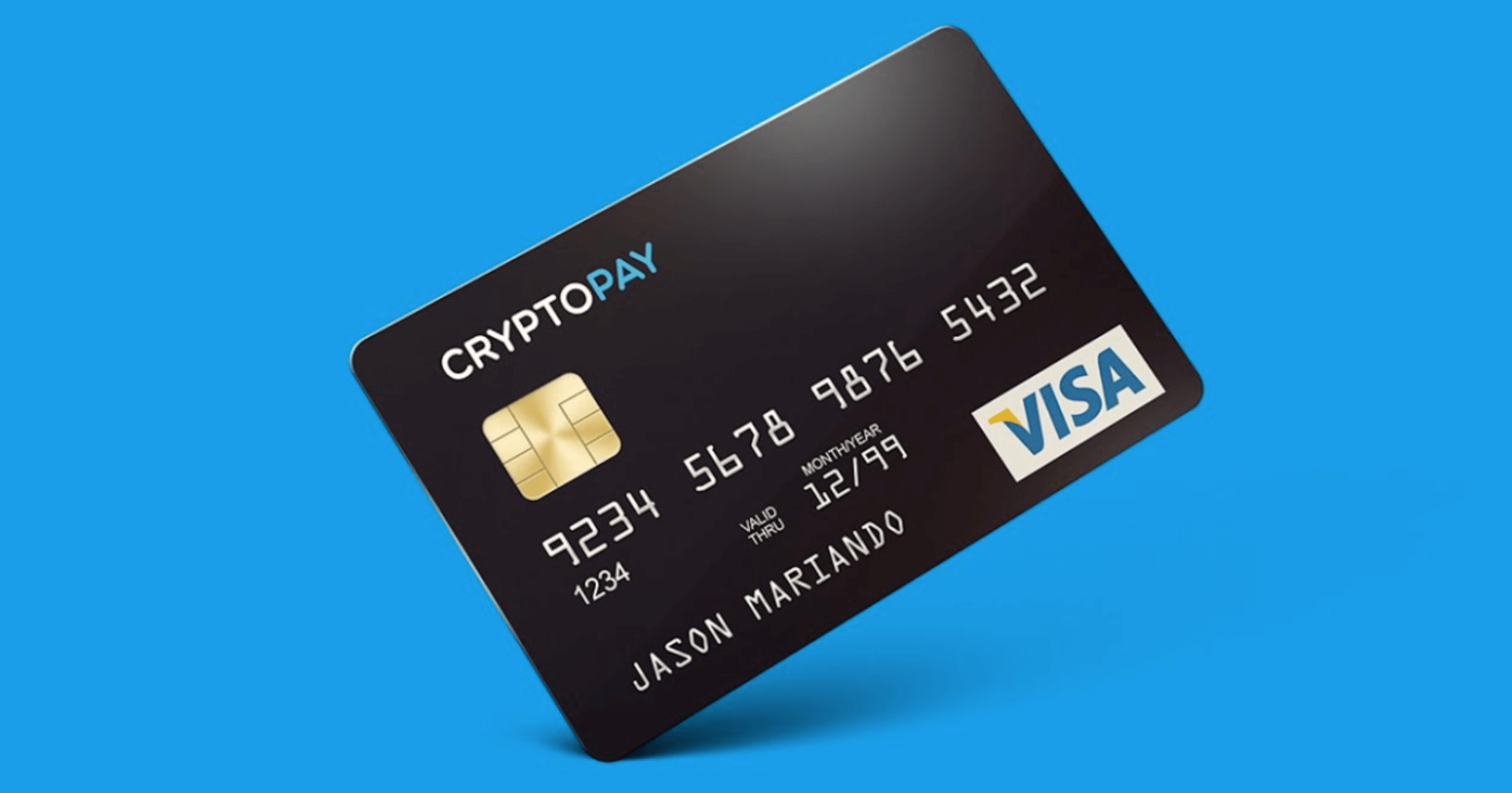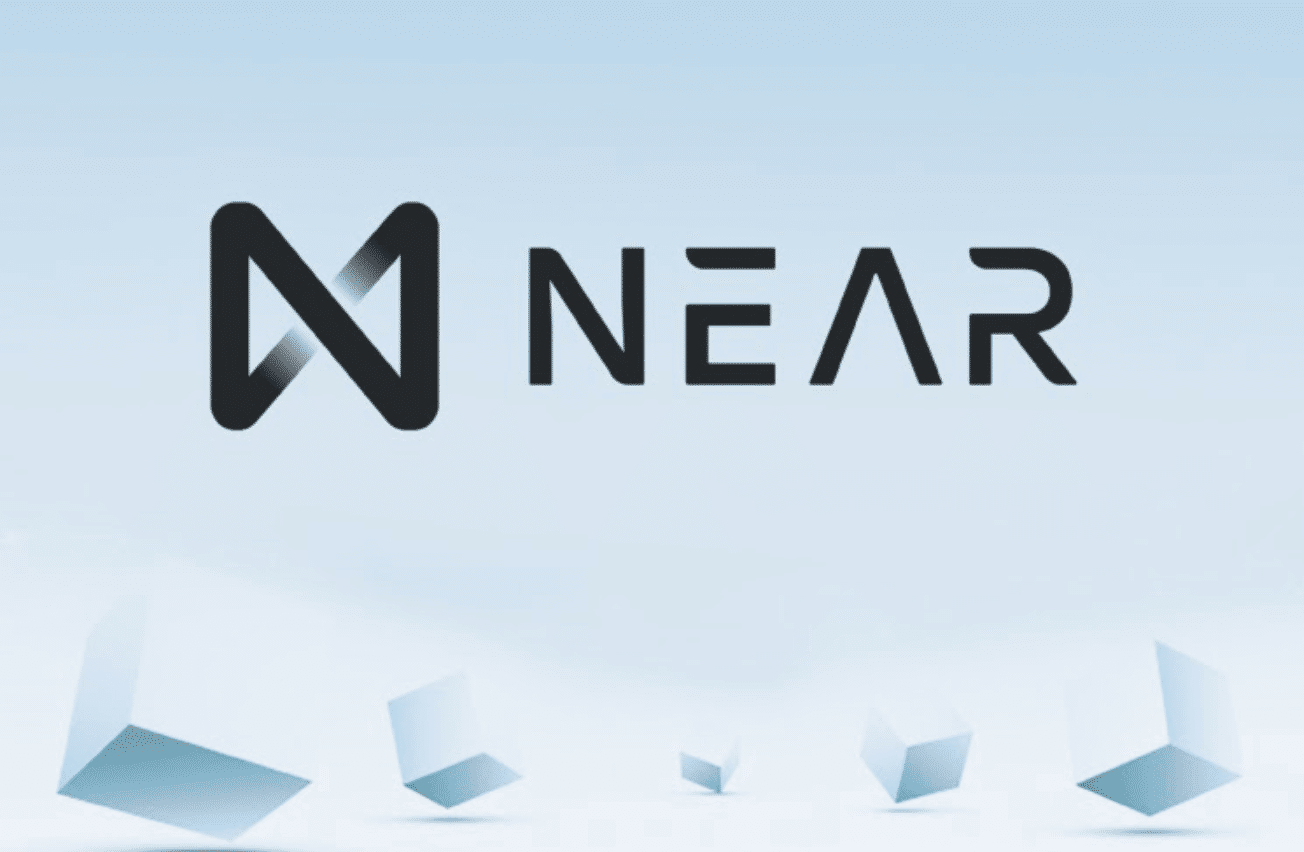The Polygon (MATIC) network is a cryptocurrency and blockchain project that aims at bringing scalability to the Ethereum network through Plasma and Proof-of-Stake (PoS) side chains. During the last few years, we have seen how blockchain networks required improved systems to process all the transactions requested by the community.
Polygon wants to make it possible for blockchain networks (Ethereum) to process more transactions, faster and for a cheaper gas fee. In the coming sections, we are sharing with you all the details about this fascinating project and why you should consider it for the future.
Disclaimer: the information shared by AltSignals and its writers should not be considered financial advice. This is for educational purposes only. We are not responsible for any investment decision you make after reading this post. Never invest more than what you are able to lose. Always contact your professional. financial advisor.
Ethereum Scalability Issues
The cryptocurrency market has experienced different scalability issues, not only with Bitcoin (BTC), but also with Ethereum (ETH). Although Ethereum was used as a cheaper alternative to Bitcoin to send and receive transfers, this remained something of the past.
With the massive expansion of decentralized finance (DeFi) and decentralized applications (dApps), the Ethereum network was not able to handle all the transactions that are being processed now.
Indeed, transactions on Ethereum are now very costly and take a long time to be processed. This can be explained due to the large number of users that are now sending and receiving ETH. Due to this reason, it was necessary for the Ethereum community to discuss different ways on how to scale and process a larger number of transactions.
One of the solutions comes from the Polygon (MATIC) network through different initiatives and projects. However, there are other projects and solutions such as Ethereum 2.0 that could change the way in which the network works and help it improve its efficiency.
What is Polygon (MATIC)?
Polygon (MATIC) is a cryptocurrency project that wants to make it easier for users to get access to decentralized applications. In this way, it would be possible for users from all over the world to interact with the Ethereum network and hundreds of other dApps.
Matic works with an adapted version of Plasma, making transactions low cost and also very fast and easy to be processed. The system works with PoS checkpoints and it is able to process 65,000 transactions per second. In the future, the team claims that the network would be able to process millions of transactions on multiple chains in the future.
Scalability
As we mentioned before, scalability is one of the main characteristics of the MATIC network. In order to do so, Polygon uses a decentralized Plasma operator mechanism that includes finality that is achieved on a main chain.
In this way, it is possible for users to process all the transactions they want without being worried about transaction fees and processing times.
High Throughput
Furthermore, the network is able to scale to millions of transactions per second using a sidechain tree architecture. The MATIC chain is able to easily handle 65,000 transactions per second. This is very useful for those users that want to get access to DeFi and other dApps and process dozens of transactions per day.
Security and User Experience
The MATIC network operates with a smooth UX abstraction from mainchain to MATIC chain. Additionally, the network works with a Proof-of-Stake consensus algorithm that protects the network and the transactions that are placed on a regular basis. It is also worth taking into consideration that assets on different sidechains and blockchain networks will be made interoperable by the Matic Network in the future.
Polygon (MATIC) Cryptocurrency
Polygon (MATIC) is the virtual currency used by the project in order to power the entire network. This ERC-20 token runs on top of Ethereum and the tokens can be used in order to pay for services on the Polygon network. It is worth mentioning that it can be used as a settlement currency between users that work on the Polygon network.
It is worth mentioning that the sidechains that run on this network are also paid using Polygon (MATC) tokens. Furthermore, the virtual currency has been in a bull market in recent months. The digital asset surpassed its all-time high and it is now at a record high very close to $1 per coin. Nevertheless, there has been a small retracement from $0.87 to $0.733.
The Polygon (MATIC) network is a cryptocurrency and blockchain project that aims at bringing scalability to the Ethereum network through Plasma and Proof-of-Stake (PoS) side chins. During the last few years, we have seen how blockchain networks required improved systems to process all the transactions requested by the community.
Polygon wants to make it possible for blockchain networks (Ethereum) to process more transactions, faster and for a cheaper gas fee. In the coming sections, we are sharing with you all the details about this fascinating project and why you should consider it for the future.
Disclaimer: the information shared by AltSignals and its writers should not be considered financial advice. This is for educational purposes only. We are not responsible for any investment decision you make after reading this post. Never invest more than what you are able to lose. Always contact your professional. financial advisor.
Ethereum Scalability Issues
The cryptocurrency market has experienced different scalability issues, not only with Bitcoin (BTC), but also with Ethereum (ETH). Although Ethereum was used as a cheaper alternative to Bitcoin to send and receive transfers, this remained something of the past.
With the massive expansion of decentralized finance (DeFi) and decentralized applications (dApps), the Ethereum network was not able to handle all the transactions that are being processed now.
Indeed, transactions on Ethereum are now very costly and take a long time to be processed. This can be explained due to the large number of users that are now sending and receiving ETH. Due to this reason, it was necessary for the Ethereum community to discuss different ways on how to scale and process a larger number of transactions.
One of the solutions comes from the Polygon (MATIC) network through different initiatives and projects. However, there are other projects and solutions such as Ethereum 2.0 that could change the way in which the network works and help it improve its efficiency.
What is Polygon (MATIC)?
Polygon (MATIC) is a cryptocurrency project that wants to make it easier for users to get access to decentralized applications. In this way, it would be possible for users from all over the world to interact with the Ethereum network and hundreds of other dApps.
Matic works with an adapted version of Plasma, making transactions low cost and also very fast and easy to be processed. The system works with PoS checkpoints and it is able to process 65,000 transactions per second. In the future, the team claims that the network would be able to process millions of transactions on multiple chains in the future.
Scalability
As we mentioned before, scalability is one of the main characteristics of the MATIC network. In order to do so, Polygon uses a decentralized Plasma operator mechanism that includes finality that is achieved on a main chain.
In this way, it is possible for users to process all the transactions they want without being worried about transaction fees and processing times.
High Throughput
Furthermore, the network is able to scale to millions of transactions per second using a sidechain tree architecture. The MATIC chain is able to easily handle 65,000 transactions per second. This is very useful for those users that want to get access to DeFi and other dApps and process dozens of transactions per day.
Security and User Experience
The MATIC network operates with a smooth UX abstraction from mainchain to MATIC chain. Additionally, the network works with a Proof-of-Stake consensus algorithm that protects the network and the transactions that are placed on a regular basis. It is also worth taking into consideration that assets on different sidechains and blockchain networks will be made interoperable by the Matic Network in the future.
Polygon (MATIC) Cryptocurrency
Polygon (MATIC) is the virtual currency used by the project in order to power the entire network. This ERC-20 token runs on top of Ethereum and the tokens can be used in order to pay for services on the Polygon network. It is worth mentioning that it can be used as a settlement currency between users that work on the Polygon network.
It is worth mentioning that the sidechains that run on this network are also paid using Polygon (MATC) tokens. Furthermore, the virtual currency has been in a bull market in recent months. The digital asset surpassed its all-time high and it is now at a record high very close to $1 per coin. Nevertheless, there has been a small retracement from $0.87 to $0.733.







